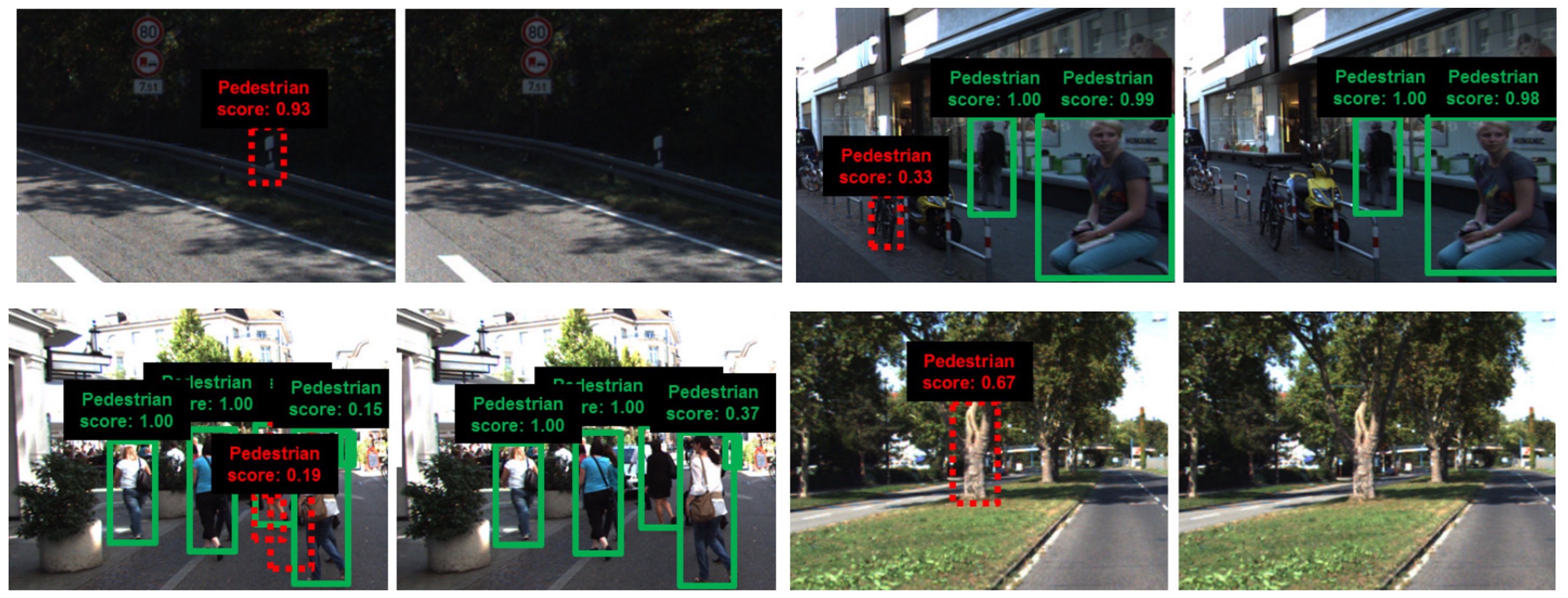Object detection is one of the most basic and challenging problems in computer vision tasks, which has attracted wide attention in recent years. In particular, the rapid development of deep learning technology has greatly promoted the development of object detection, made remarkable breakthroughs, and pushed it to an unprecedented research hotspot. Object detection is usually used to detect a specific category of visual objects in digital images, such as humans, animals, cars, etc. Our work mainly focuses on human detection and defect detection, and also has a little involvement in other types of detection (such as vehicle detection, ground detection, etc.) and general target detection.
1. Human detection is an important research in the field of computer vision. Its goal is to locate everyone in a still image or video. Applications for human detection include monitoring, human-computer interface, robotics, monitoring of the elderly and disabled, entertainment and content-based retrieval. The issue is challenging due to changes in human appearance and posture, image quality, and occlusion, so human detection has remained active in recent years. A number of methods have been proposed to study features, deal with human body parts and postures, and improve classification and learning frameworks. At present, we focus on the detection of human key points, which is also known as human pose estimation, and is the pre-task of human motion recognition, behavior analysis, human-computer interaction, etc.

2. Anomaly detection is a very important subtask in machine learning, and it is a popular research direction in many artificial intelligence applications (such as computer vision, data mining, NLP). As the name suggests, anomaly detection is a kind of abnormal situation identification and mining of illogical data technology, and industrial defect detection is a branch of anomaly detection. In the process of industrial production, due to the deficiencies and limitations of existing technology, working conditions and other factors, it is easy to affect the quality of finished products. Among them, surface defects are the most direct expression of product quality affected. Therefore, in order to ensure the acceptance rate and reliable quality, it is necessary to carry out the product surface defect detection. Due to the difficulty of industrial data collection, existing defect detection tends to adopt unsupervised method for defect detection. For practical application, we set about unsupervised defect detection algorithm and algorithm acceleration.

Related Projects
Selected Papers
 |
CAT: Corner Aided Tracking With Deep Regression Network IEEE Transactions on Multimedia 2021 [BibTex] |
 |
LED: Localization-quality Estimation Embedded Detector ICIP 2018 (Best Paper Award for Industry) [BibTex] |